Using boric acid for cabbage
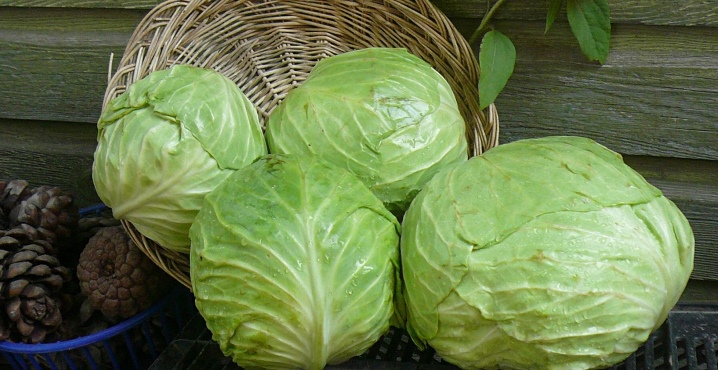
Cabbage is not the easiest vegetable to grow. She is quite whimsical and capricious. A good harvest cannot be expected without proper care. But it is not so difficult to organize competent care, especially if you really understand the issues of feeding, detecting diseases, etc. Many experienced gardeners know what the shortage of boron for cabbage can turn into, therefore they are sure to feed it with this element.
Advantages and disadvantages
Boron deficiency will cause a slowdown in the growth of heads of cabbage. It happens that the lack of this element leads to the fact that cabbage has two defective heads of cabbage instead of one normal one. You can eat such cabbage, but it is unlikely to sell or even treat loved ones.
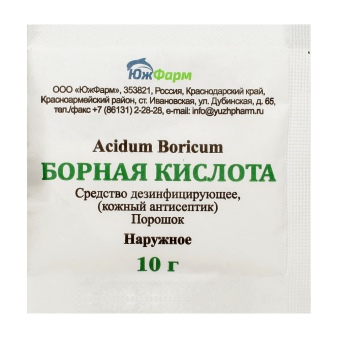
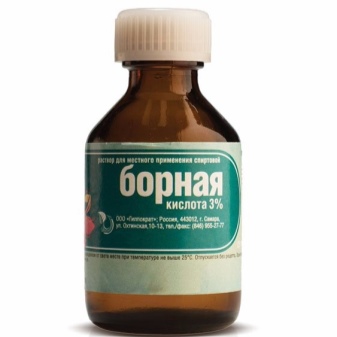
Here's why boric acid is good for cabbage:
- acid-treated seedlings will take root better and faster in the open field;
- the root system of seedlings will develop faster, which will allow the culture to be more stable, to gain a foothold in the soil;
- at the initial stage of its rooting, cabbage will more easily endure temperature jumps;
- the plantation on which cabbage (including cauliflower) will grow will become more fertile for this crop;
- the harvested crop will be better preserved: it will not crack and rot.

All these are indisputable advantages of boric acid. And in this list, you can add the cheapness of fertilizer, its availability. Finding boric acid is not difficult even in a small store. It is also convenient for application: having dissolved in hot water, and then mixed with cool water, boric dressing is easily applied with an ordinary knapsack sprayer.
This is a highly effective fertilizer, as only feeding with acid increases the yield of cabbage by 18-20%. It also affects the expressiveness of the plant's taste. A big plus is the compatibility of the acid with agents that fight pests and diseases inherent in cabbage. That is, the two types of vegetable processing can be combined, they will not negatively affect each other.
Finally, boric acid does not pose a threat to bees and other pollinating insects, and it is also safe for livestock.

There is actually only one lack of acid: in case of an overdose, side effects cannot be avoided. Cabbage leaves will begin to curl, then deform, turn yellow profusely, and then completely fall off. An overdose of acid and marginal necrosis of the leaf blade is threatening.
How to dilute correctly?
First you need to make sure that the plant really needs boron. This is indicated by the following list of signs:
- the surface of the leaf between the veins began to turn yellow;
- there is a pronounced wilting of the lower leaves in the outlet;
- growth arrest and depression is observed;
- there are almost no ovaries;
- weakness of the root system is traced, resulting in a loose, "empty" head of cabbage.
The lack of boron is also indicated by the poor preservation of the crop, cracking of ready-made heads of cabbage, and rapid decay.
Boric acid in powder form is diluted with water: this is how a working solution is obtained. First you need to prepare the masterbatch, and then dilute it to a certain concentration.


The mother liquor is prepared as follows:
- weigh 0.2 g of boric acid on a balance;
- place the weighed powder in a two-liter glass container;
- pour a liter of hot water into a container (temperature range - 50-60 degrees), stir the powder in water with a wooden stick;
- the powder must completely dissolve in water, there can be no sediment at the bottom;
- the mother liquor should cool to standard room temperature.
For top dressing, the solution is diluted with water in a ratio of 1 to 9: 9 liters of pure water go to 1 liter of solution. Water should be taken from rainwater, settled. Such a solution is good for foliar dressing, and also for watering cruciferous plants at the root.
It is impossible to dissolve boron powder in cold water, therefore this rule cannot be ignored.
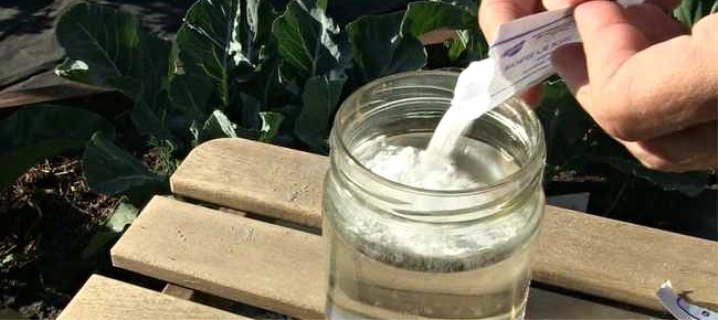
Applications
As noted, acid is used at different stages of the growth and maturation of cabbage. AND at each stage, it must be applied correctly, keeping in mind the consequences of an overdose.
Planting material processing
Before sending seeds to boxes for seedlings, cassettes or straight into open ground under a film, you need to do some simple actions with boric acid.
You can process seeds like this:
- Dissolve 0.2 g of fertilizer in 1 liter of hot water (it is necessary to weigh the acid on a scale);
- cool the solution to room temperature;
- Pour pre-calibrated seeds into a gauze bag and send with it to the cooled solution;
- they will have to lie in it for half a day, after which the bag with the future cabbage should be removed from the solution, be sure to rinse under running water and dry it on a newspaper for about 10 minutes.
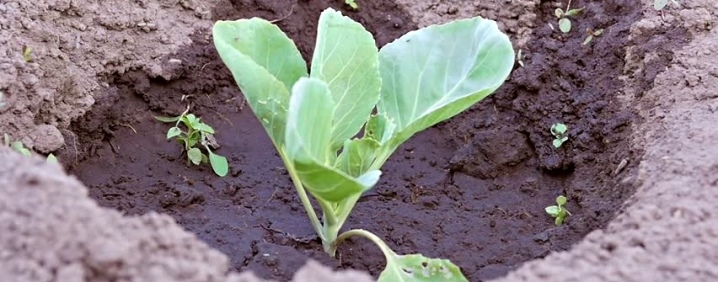
Together with boric acid, you can use 1 g of potassium permanganate, 0.5 g of copper sulfate and the same amount of zinc sulfate. Then feeding will be considered complex.
Foliar dressing
It seems that the worst thing about working with boric acid is spraying cabbage with it. It is necessary to withstand the dosage, not to ignore any plant. To stimulate the setting of heads of cabbage, this fertilization method is really very good. Usually it falls in the first half of summer, when the leaves inside the outlet have just begun to form a head of cabbage.
Spray cabbage with a less concentrated solution of boric acid. Take 1 g of powder, dissolve it all in the same 1 liter of hot water, and then the resulting concentrate must be brought to 10 liters in volume. After the first feeding has passed, you need to count 3 weeks and fertilize the cabbage again: this stimulates the growth of heads.
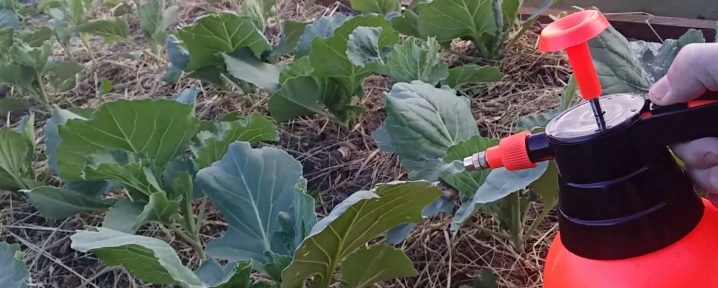
The solution is poured into a container equipped with a spray bottle, from which it is easy to feed the cabbage leaves from the lower and upper sides.
Top dressing is best done on a clear day, in the evening. If you do this in the sun, the plant runs the risk of being left with burns.
Watering the soil
If the soil is depleted in minerals, and this can be seen from the plants, then boron should be used. Top dressing has a good effect on the condition of the soil. It is done as follows.
- For 5 liters of hot water, 1 g of boric acid is taken. The substance must be dissolved in water.
- The finished solution needs to be treated with the beds. Simply put, you just have to water the soil under the cabbage from a watering can.
- You can water the entire area if it is uniform over the soil.
- After irrigation, the land must be loosened with a rake, without leaving untreated places. And it is already possible to send seedlings to this loosened land.

Sometimes you have to spray under the root. Pharmaceutical boric acid in an amount of 0.2 g is diluted in a liter of hot water. Everything mixes well, the liquid cools down to room temperature. Each cabbage leaf is first watered with ordinary settled water. And then the moistened ground under the root of the cabbage is sprayed with this solution. Absolutely every plant needs processing.
Pest control
Small pests, for example, aphids, can override all previous efforts of the gardener. Boric acid will also save from her and other parasites. Consider a few popular recipes.
- You need to boil a couple of large potatoes, then mash them with a fork. Add 3 boiled chicken yolks, chopped on a grater to mashed potatoes. And this mixture must be mixed with 10 g of boric acid, and also with 10 g of sugar.From such a mass, brought to a homogeneous state, balls roll. They will become the bait for the pest and his own destruction. The balls are laid out throughout the garden.
- 5 g of boric acid are stirred in 100 ml of hot water. 10 g of honey and 30 g of white sugar are also sent there. The mixed composition is left hot in the beds next to the anthills. So you can ward off unwanted guests from the cabbage.
- Boric acid powder is scattered in those areas where pests have taken up the cabbage especially carefully. But this method requires great care, since you can easily face the problem of overdose.
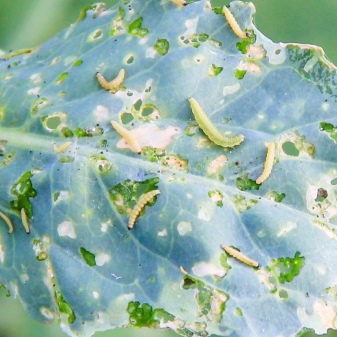
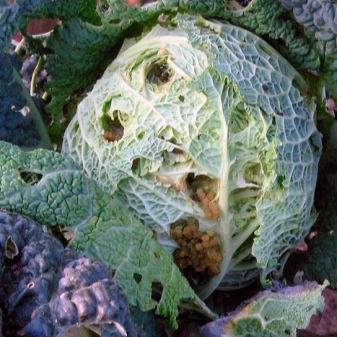
The above methods are pest control methods and nothing more. They are not considered as fertilizer for cabbage.
Boric acid, of course, is the most powerful stimulant for the growth of vegetables on the site. Therefore, it is very easy to transfer it from the category of useful top dressing to a threat to the harvest (this happens with iodine, for example). It is worth remembering that an overabundance of boron is more destructive for any plant than a lack of it. And it is a highly concentrated substance. If with ash, for example, you can make a mistake of 100 g or more, then in the case of boric acid literally every gram counts.
For feeding cabbage with boric acid, see below.













The comment was sent successfully.